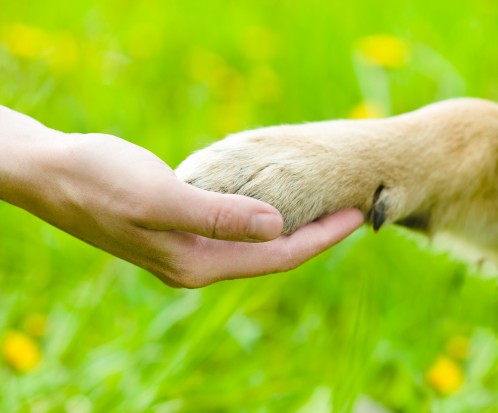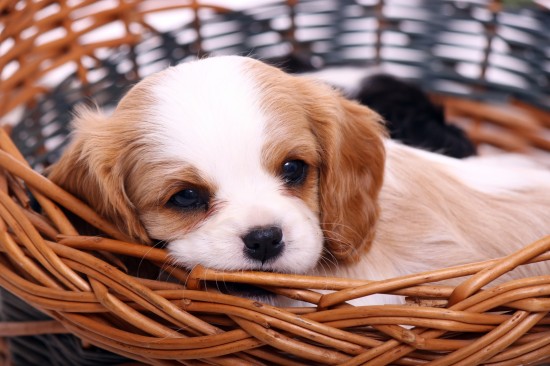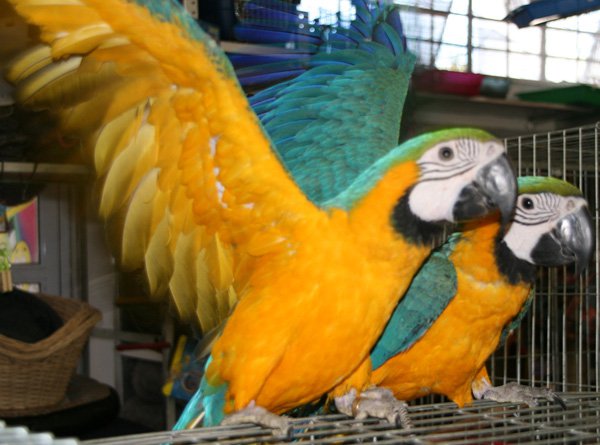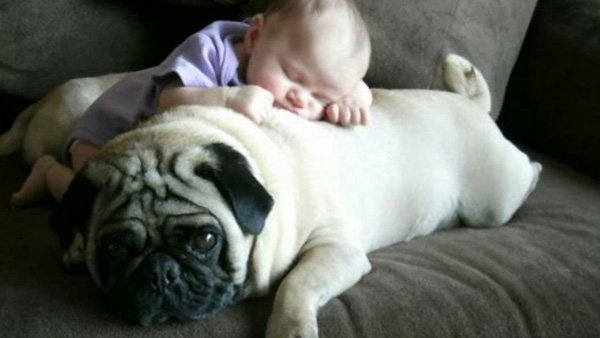

A dog’s dewclaws are roughly akin to our human thumbs, although they do not serve such an important purpose. Some dogs actually have their dewclaws surgically removed, which we will discuss later on in this article, but if your dog still has theirs, they can be found on the inside of the front legs. Some dogs also have dewclaws on their hind legs too, and some breeds have double pairs of them!
But are the dewclaws any use to your dog, and do they serve a purpose? Read on to find out.
In wolves and ancient wild dog breeds, the dewclaws served various purposes. They helped dogs to grip and bring down their prey, hold onto things that they were eating, and provided grip and traction when climbing.
Today, the average domestic dog does not use their dewclaws to any great extent, if at all. They may use them to help with digging or to keep a firmer grip on a juicy bone, but they are by no means essential.
The dewclaws of the front legs consist of muscle, bone, skin and claw, all joined up by connective tissue. The rear leg dewclaws are not as firmly attached by means of musculature, if the rear dewclaws are present at all. How firmly either front or rear dewclaws are attached to the dog can vary from case to case, with some being closely connected and almost flush to the leg, while others protrude some distance and may be relatively loose.
Dewclaws can actually pose a hazard to dogs if they are large and loosely connected, as it is very easy for them to catch on the other leg and cut it, or catch on other obstacles, potentially running the risk of damage or even becoming detached. For this reason, the dewclaws are sometimes removed from dogs, to offer them protection from themselves!
Historically, many individual breeds of dog used to have the dewclaws removed when the dog was young, to prevent potential problems in later life. However, removing the dewclaws as a standard procedure before there is a proven reason to do so has become somewhat controversial today, much as tail docking has (which is also now illegal).
If you do find that your dog’s dewclaws are long, large or otherwise get in the way or run the risk of getting torn, however, you might want to talk to your vet about having them removed. This requires a minor surgical procedure under general anaesthetic, so again, should not be undertaken without good reason.
Generally, you will have a good idea by the time your dog is a year old whether or not their dewclaws are going to pose a problem, and if you find that they are, getting them removed at the earliest available opportunity is recommended. This can often be done when your dog goes in for their spay or neuter procedure, and this is one of the best times to arrange it.
For some working dog breeds, the dewclaws are likely to pose a potential hazard, even if they are not intrusive or overly long. Dogs that spend a lot of time working in the wild, in undergrowth or uneven terrains, often have their dewclaws removed due to the risk of them catching on vines or undergrowth and causing an injury in the field.
Search and rescue dogs, police dogs and working retriever dogs often have their dewclaws removed before they start their working lives.
However, for some other activities, short, safe dewclaws can give the dog a technical advantage! This is particularly true of the canine sport of agility, where the dewclaws can help the dog to grip when they land, and provide anchorage on tight, fast turns.
Assuming that your dog still has their dewclaws, it is wise to keep an eye on them as part of the normal checks that you perform on your dog, to make sure that they are undamaged and in good condition. Because the dewclaws are not regularly in contact with the ground like your dog’s other claws, nothing wears them down and keeps them short, and so you will have to clip or schedule clipping of your dog’s dewclaws occasionally, depending on how quickly they grow.
Overly long dewclaws run a much greater risk of catching on the other leg or obstructions and ripping, and they can also grow inwards once they reach a certain length, and begin digging and pressing into the skin of the leg.
Simply keep an eye on your dog’s dewclaws, keep them at a safe length and be on the lookout for any scratches or cuts on the adjoining leg, and you should find that they won’t pose a problem for your dog at all.
 Caring For Your Puppy While You Are Out
Caring For Your P
Caring For Your Puppy While You Are Out
Caring For Your P
 The Different Benefit of Portable Chicken Coops for your Feathered Pet
The Different Benefit of Portable Chicken Coops for your F
The Different Benefit of Portable Chicken Coops for your Feathered Pet
The Different Benefit of Portable Chicken Coops for your F
 Getting Children Involved In Cat Care
Getting Children
Getting Children Involved In Cat Care
Getting Children
 Common Reasons For Upset Stomachs In Puppies
Common Reasons Fo
Common Reasons For Upset Stomachs In Puppies
Common Reasons Fo
 An introduction to pet micro chipping
An introduction to pet micro chipping
One litt
An introduction to pet micro chipping
An introduction to pet micro chipping
One litt
Copyright © 2005-2016 Pet Information All Rights Reserved
Contact us: www162date@outlook.com